Davol Bard Hernia Mesh Lawsuit: Were You (or a Loved One) Injured From Davol Bard Hernia Mesh?
The Davol Bard Hernia Mesh litigation presents a pivotal moment in the intersection of healthcare, law, and patient safety, shedding light on the critical issue of medical device accountability. As countless individuals report severe complications purportedly linked to these hernia mesh products, the legal battles not only seek justice for those affected but also aim to prompt a reevaluation of regulatory oversight and product safety standards. This unfolding scenario poses profound questions about the balance between innovation and patient well-being, inviting all stakeholders to consider the broader implications for the medical community and those it serves. What will this mean for the future of medical device litigation and patient safety protocols?

Hernia Mesh Overview
To understand the complexities of the lawsuits surrounding the Davol Bard Hernia Mesh, it is essential to first grasp what hernia mesh is and its intended use in medical procedures. Hernia mesh is a medical device used to provide additional support to weakened or damaged tissue. Primarily, it is utilized in hernia repair surgeries to prevent the recurrence of a hernia, which occurs when an organ, intestine, or fatty tissue squeezes through a hole or weak spot in the surrounding muscle or connective tissue. The mesh acts as a scaffold, allowing new tissue to grow through it, thereby strengthening the repair site over time. Its application aims to reduce the hernia recurrence rate and facilitate a quicker recovery for the patient.
Types of Hernia Mesh
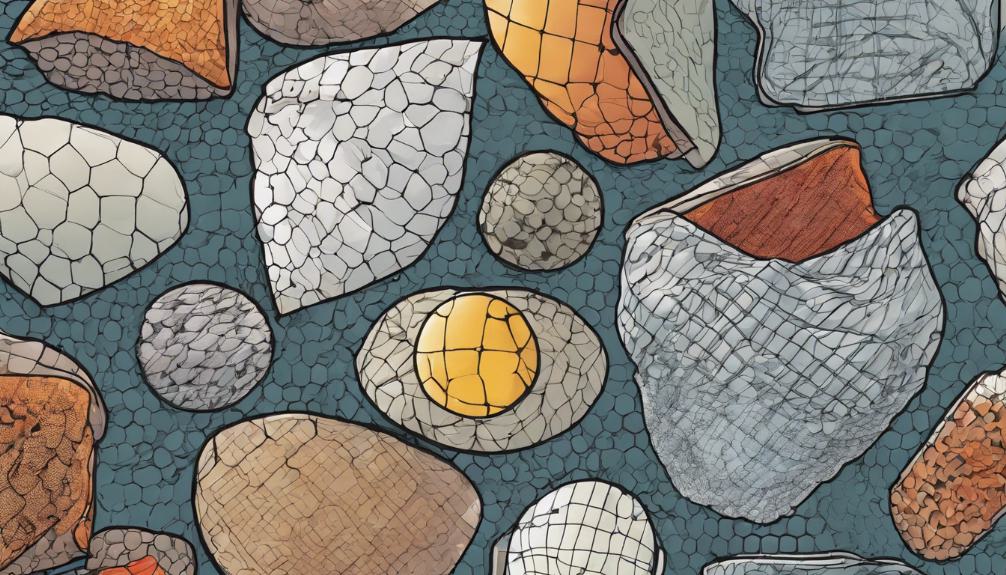
Understanding the various types of hernia mesh is crucial for comprehending the scope of lawsuits surrounding their use and alleged complications. Hernia mesh products are generally categorized based on the materials they are made from, such as synthetic or biologic, and their design, including absorbable, non-absorbable, or a combination of both. Synthetic meshes, like those involved in Davol Bard lawsuits, are often made from polypropylene, a type of plastic. These products include 3DMax mesh, Bard Soft Mesh, and Composix mesh, among others. Each type is designed for specific hernia repair procedures, aiming to provide support to the weakened area. However, the diversity in hernia mesh types also reflects the complexity and potential for variance in patient outcomes, which are central issues in ongoing litigation.
Davol Bard Mesh Risks
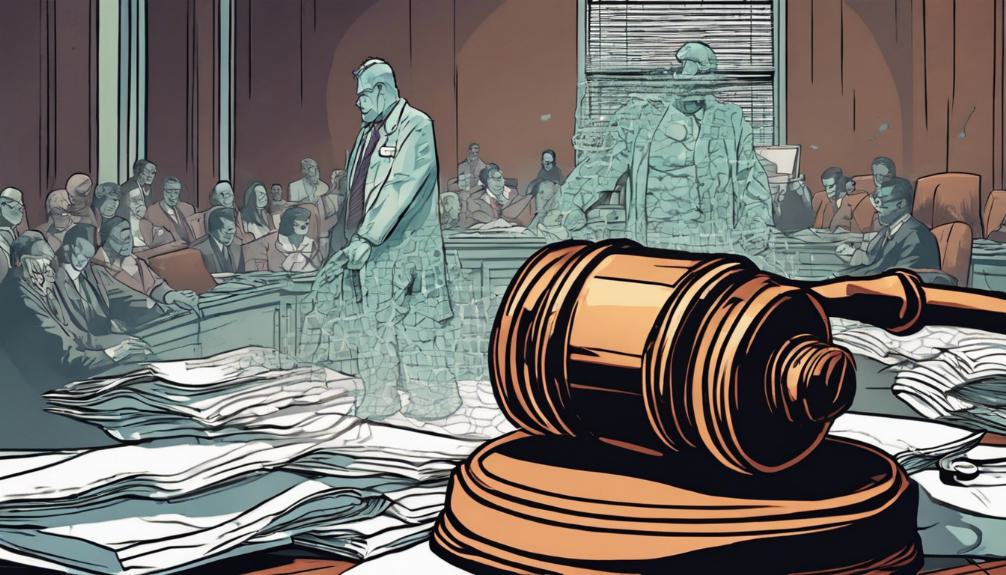
What are the potential risks associated with Davol Bard Hernia Mesh, and how have they impacted patients undergoing hernia repair surgeries? The Davol Bard Hernia Mesh, designed for the repair of hernias, has been linked to significant adverse events. These risks include device failure, leading to recurrence of the hernia, and migration, where the mesh moves from its original site, potentially causing damage to surrounding tissues and organs. Additionally, there have been reports of the mesh adhering to intestines or other organs, resulting in complicated surgical procedures to remove or correct the mesh's placement. Such complications not only pose a risk to the patient's health but also contribute to increased medical costs, longer recovery periods, and, in some cases, chronic pain or disability.
Symptoms of Complications
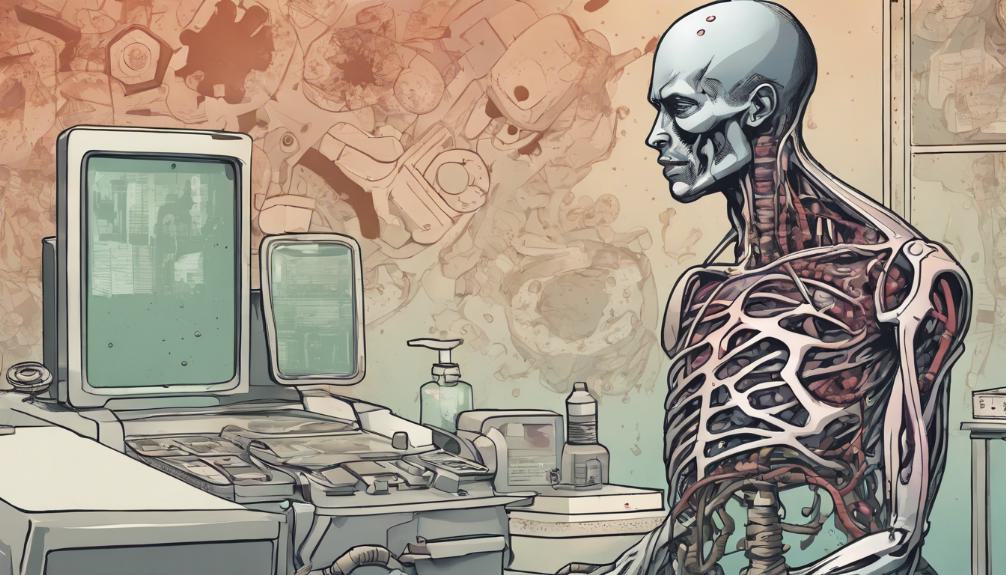
Patients experiencing complications from Davol Bard Hernia Mesh often report a range of symptoms, signaling potential issues with the device. These symptoms can include chronic pain, which may be sharp or dull, indicating nerve damage or mesh erosion. Infections are also reported, marked by fever, redness, and swelling at the surgery site, suggesting the body is fighting against the mesh. Additionally, patients may notice hernia recurrence, where the hernia reappears due to mesh failure. Other common symptoms include bowel obstruction, characterized by nausea, vomiting, and inability to pass stools, and organ perforation, which presents with severe abdominal pain. Such complications necessitate immediate medical attention to prevent further health deterioration.
Legal Precedents

Several legal precedents have been set in the realm of product liability litigation, particularly through cases involving Davol Bard Hernia Mesh injuries, which have significantly influenced future lawsuits in this domain. These cases have highlighted the critical importance of manufacturers adhering to stringent safety standards and conducting thorough pre-market testing. Through various lawsuits, courts have scrutinized the adequacy of warnings provided to both patients and healthcare professionals about the potential risks associated with hernia mesh products. The outcomes of these cases have underscored the legal responsibilities of manufacturers to ensure their products do not pose undue risks to consumers. Importantly, these precedents have paved the way for affected individuals to seek compensation for injuries sustained, emphasizing the judiciary's role in consumer protection and corporate accountability.
Filing a Lawsuit

Building on the legal precedents set by previous litigation involving Davol Bard Hernia Mesh injuries, individuals contemplating filing a lawsuit must understand the initial steps and considerations involved in this legal process. The first action is typically to consult with a lawyer experienced in medical device litigation, particularly with cases similar to Davol Bard Hernia Mesh. This consultation is crucial for assessing the strength of the case, understanding the complexities involved, and navigating the multi-district litigation (MDL) process, if applicable. Documentation of the injury, medical records, and any related expenses is vital for substantiating the claim. Furthermore, being aware of the statute of limitations in the relevant jurisdiction is essential, as failing to file within this period could render the claim ineligible.
Eligibility Criteria

Determining whether an individual is eligible to join the Davol Bard Hernia Mesh lawsuit requires a thorough assessment of their medical history and the specifics of their mesh-related complications. Key eligibility criteria include having undergone hernia repair surgery that involved the installation of a Davol Bard hernia mesh product, such as 3DMax, Bard Mesh, Bard Soft Mesh, Composix, or the Kugel hernia patch. Additionally, the claimant must have experienced adverse effects directly linked to the mesh, such as infection, mesh migration, hernia recurrence, or other significant health issues necessitating medical intervention or additional surgeries. Documentation of these complications, alongside evidence of the mesh implant, plays a crucial role in establishing eligibility for participating in the lawsuit.
Compensation Expectations

While compensation amounts in the Davol Bard Hernia Mesh lawsuit can vary significantly, plaintiffs may be entitled to recover damages for medical expenses, lost wages, and pain and suffering. These compensations aim to address the financial and emotional toll that complications from the hernia mesh have caused. Medical expenses can cover both past and future treatments related to the hernia mesh complications. Lost wages compensation seeks to remedy the income victims lost due to their inability to work, while pain and suffering compensation acknowledges the non-economic damages, such as emotional distress and physical pain. It's important for plaintiffs to document all related expenses and impacts on their quality of life to support their claims for these damages.
Lawsuit Process Steps

Initiating a lawsuit for injuries sustained from Davol Bard Hernia Mesh involves several critical steps, starting with the filing of a complaint in the appropriate jurisdiction. Once the complaint is filed, the defendant is served with a notice, giving them the opportunity to respond. The discovery phase follows, allowing both parties to exchange evidence and information relevant to the case. This period can include depositions, document requests, and interrogatories. Pre-trial motions may be filed, aiming to resolve the case or parts of it before proceeding to trial. If these steps do not lead to a settlement, the case moves to trial, where both sides present their arguments and evidence before a judge or jury, who then makes a decision on the matter.
MDL 2846 Explained
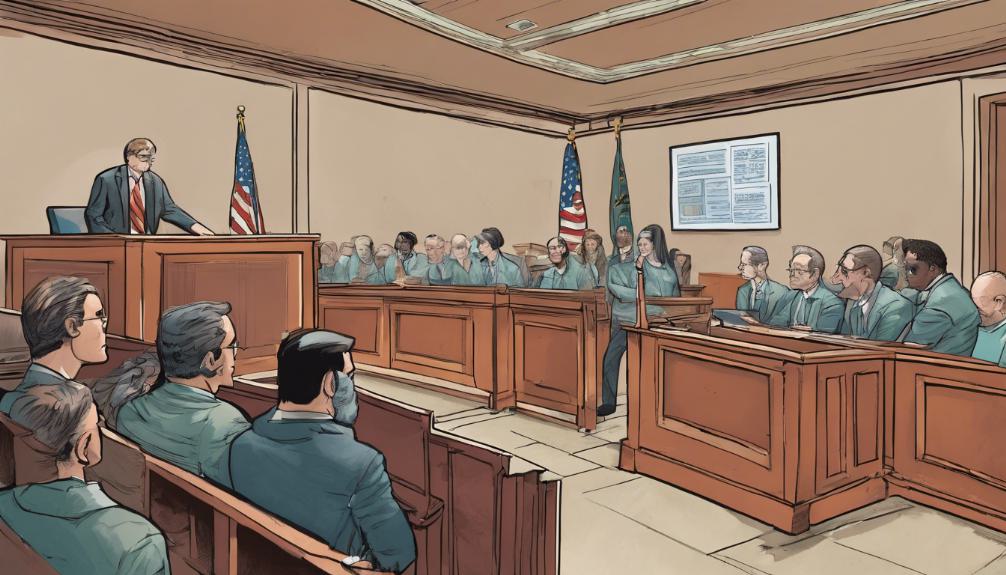
Having outlined the steps involved in initiating a lawsuit for injuries sustained from Davol Bard Hernia Mesh, it is crucial to understand MDL 2846 and its significance in the context of these legal proceedings. MDL 2846, officially known as Davol, Inc./C.R. Bard, Inc., Polypropylene Hernia Mesh Products Liability Litigation, is a multi-district litigation consolidated in the United States District Court for the Southern District of Ohio. This consolidation aims to streamline and manage pretrial proceedings efficiently for numerous lawsuits alleging injuries caused by hernia mesh products manufactured by Davol, Inc. and C.R. Bard, Inc. By centralizing these cases, MDL 2846 facilitates a more organized approach to handling complex evidentiary issues, pretrial motions, and discovery processes, ultimately speeding up the legal process for plaintiffs.
Choosing a Lawyer
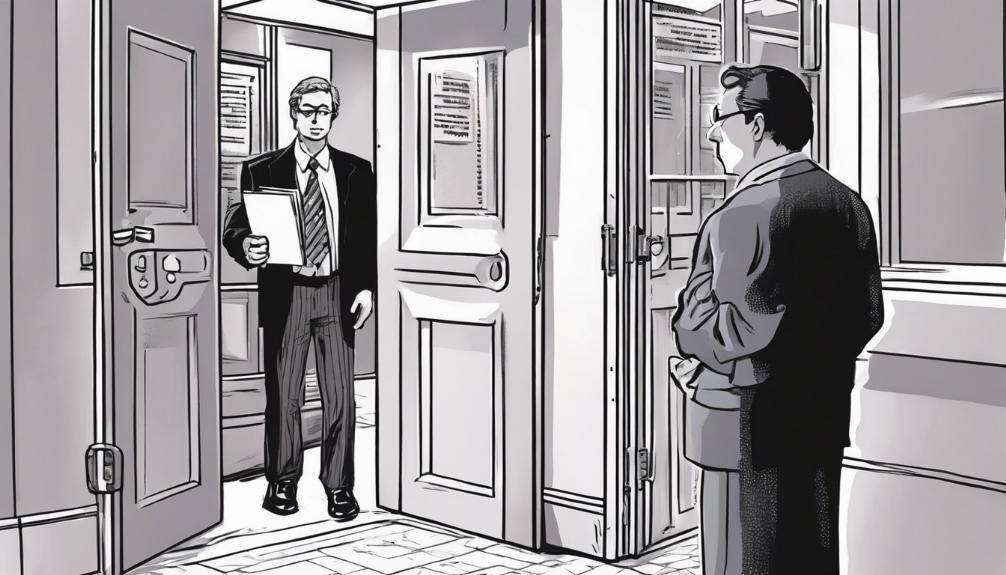
Selecting the right attorney is a critical step for individuals seeking to file a lawsuit related to injuries from Davol Bard Hernia Mesh. The complexity of such cases, often involving intricate medical and legal issues, necessitates finding a lawyer with specific experience in product liability and medical device litigation. It's essential to research attorneys who have a proven track record of successfully handling hernia mesh lawsuits. Look for a legal team that not only understands the medical implications of a faulty hernia mesh but also has the resources to take on large manufacturers. Engagement and communication are key; choose an attorney who is accessible, keeps you informed throughout the process, and is committed to achieving the best possible outcome for your case.
Preparing Your Case
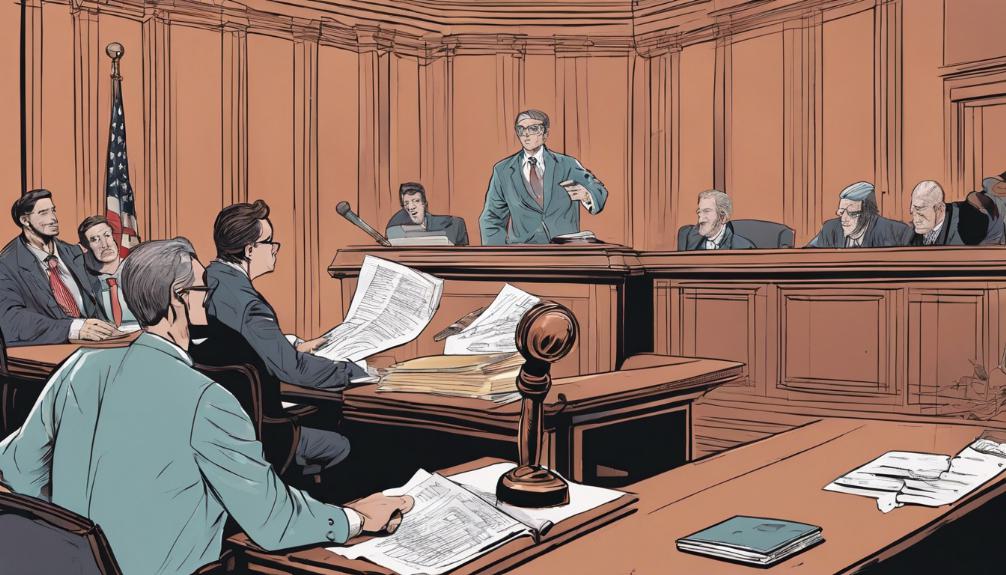
After choosing the right attorney for your Davol Bard Hernia Mesh lawsuit, the next critical step involves preparing your case thoroughly. This process includes collecting all relevant medical records, such as surgical reports, hospital visits, and follow-up care documentation related to your hernia mesh complications. Your legal team will also guide you in gathering evidence that demonstrates the impact of the mesh on your life, including photographic evidence of injuries, a detailed account of your pain and suffering, and how it has affected your daily activities and employment. Additionally, expert testimonies might be sought to reinforce the link between your injuries and the Davol Bard Hernia Mesh. Preparing your case meticulously is essential for building a strong foundation for your claim.
Other Mesh Lawsuits
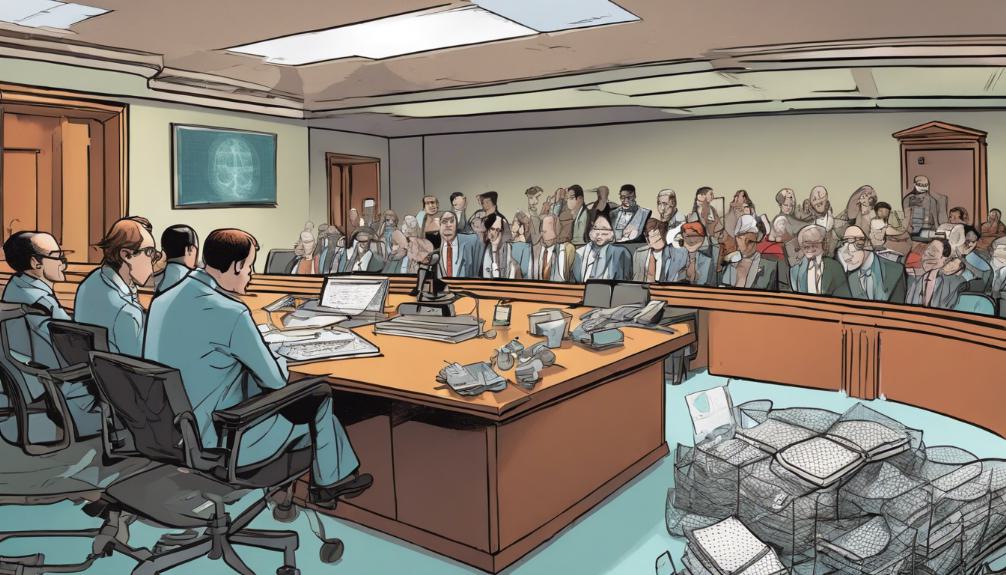
In addition to the Davol Bard Hernia Mesh lawsuits, there are numerous other legal actions underway that address complications arising from various mesh products. Among these, the 3DMax mesh, Bard Mesh, Bard Soft Mesh, Composix mesh, and Kugel hernia patch lawsuits have gained significant attention. These cases underscore the widespread issues patients have encountered with hernia repair devices, ranging from persistent pain to more severe complications.
Similarly, the realm of vaginal mesh and bladder sling lawsuits is expansive, encompassing actions against products from Ethicon, Boston Scientific, and Bard. These lawsuits allege severe and life-altering complications, reinforcing the need for rigorous scrutiny and accountability in the medical device industry. Together, these cases highlight a broader concern over the safety and efficacy of mesh products in surgical applications.
Frequently Asked Questions
How Does the Davol Bard Hernia Mesh Differ From Other Hernia Mesh Products on the Market in Terms of Material Composition and Design?
The Davol Bard hernia mesh products are distinguished by their unique material composition and design features from other hernia mesh offerings on the market. Specifically, these meshes often utilize polypropylene, a type of plastic, and are designed in various configurations to provide support and facilitate tissue growth. Additionally, certain products under this brand incorporate coatings intended to minimize inflammation and adhesion, setting them apart in terms of intended biocompatibility and patient outcomes.
Are There Any Specific Lifestyle or Health Factors That Can Increase the Risk of Complications With the Davol Bard Hernia Mesh?
Certain lifestyle and health factors may elevate the risk of complications with hernia mesh products, including those from Davol Bard. These factors include smoking, obesity, diabetes, and previous surgical sites or infections in the area of implantation. It's essential for patients to discuss their health history and lifestyle with their medical provider to assess the potential risks and benefits before proceeding with hernia mesh implantation to ensure optimal outcomes.
What Are the Long-Term Health Implications for Patients Who Have Had the Davol Bard Hernia Mesh Removed Due to Complications?
Patients who have undergone removal of hernia mesh due to complications may face a variety of long-term health implications. These can include chronic pain, infection, hernia recurrence, and adhesions leading to tissue or organ damage. Additionally, the need for subsequent surgeries to address these issues can result in extended recovery times and potential impact on quality of life. Monitoring and management by healthcare professionals are crucial to mitigate these risks and address any arising complications.
How Does the Use of Davol Bard Hernia Mesh in Surgeries Compare Statistically in Outcomes to Traditional Hernia Repair Methods Without Mesh?
The comparison between outcomes of hernia surgeries using Davol Bard hernia mesh versus traditional repair methods without mesh is pivotal in understanding efficacy and safety. Statistically, mesh repairs, including those performed with Davol Bard products, often demonstrate lower recurrence rates compared to non-mesh techniques. However, the use of mesh has also been associated with specific complications, necessitating a balanced analysis of both short-term successes and potential long-term health implications.
Can Improvements in Surgical Techniques Reduce the Risk of Complications Associated With the Davol Bard Hernia Mesh, or Are the Risks Primarily Related to the Product Itself?
Improvements in surgical techniques may mitigate some risks associated with hernia mesh implants, including those produced by Davol Bard. However, the inherent risks primarily stem from the product's characteristics, such as its materials and design. Thus, while enhanced surgical methods can reduce complication rates, addressing product-related issues is essential for significantly minimizing adverse outcomes. It underscores the importance of comprehensive product safety evaluations in conjunction with advancements in surgical practices.

This post has been generated by AI and was not reviewed by editors. This is Not legal advice. Please consult with an attorney.




